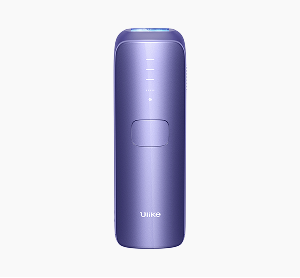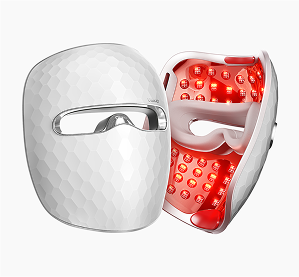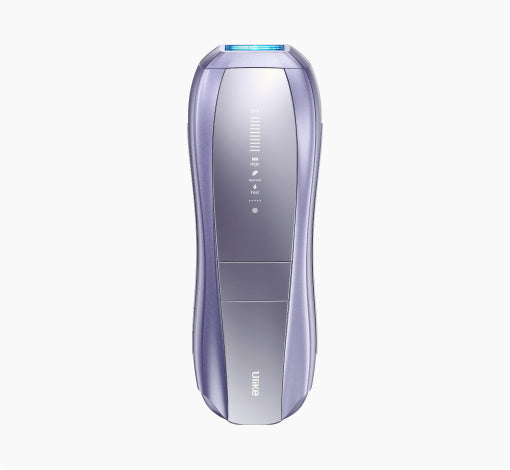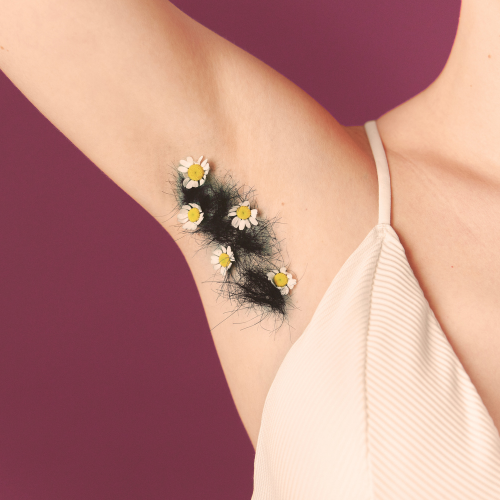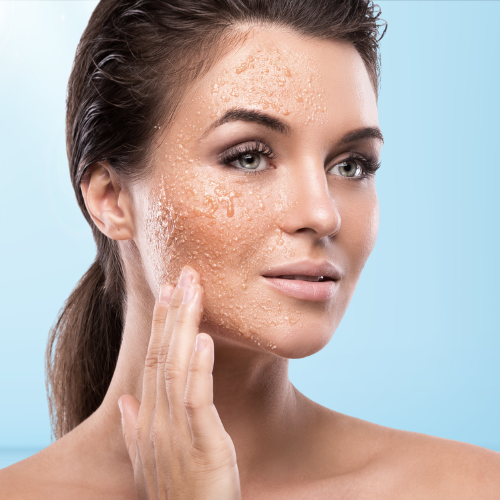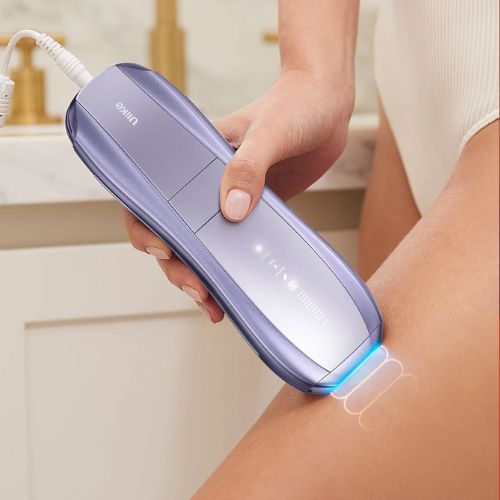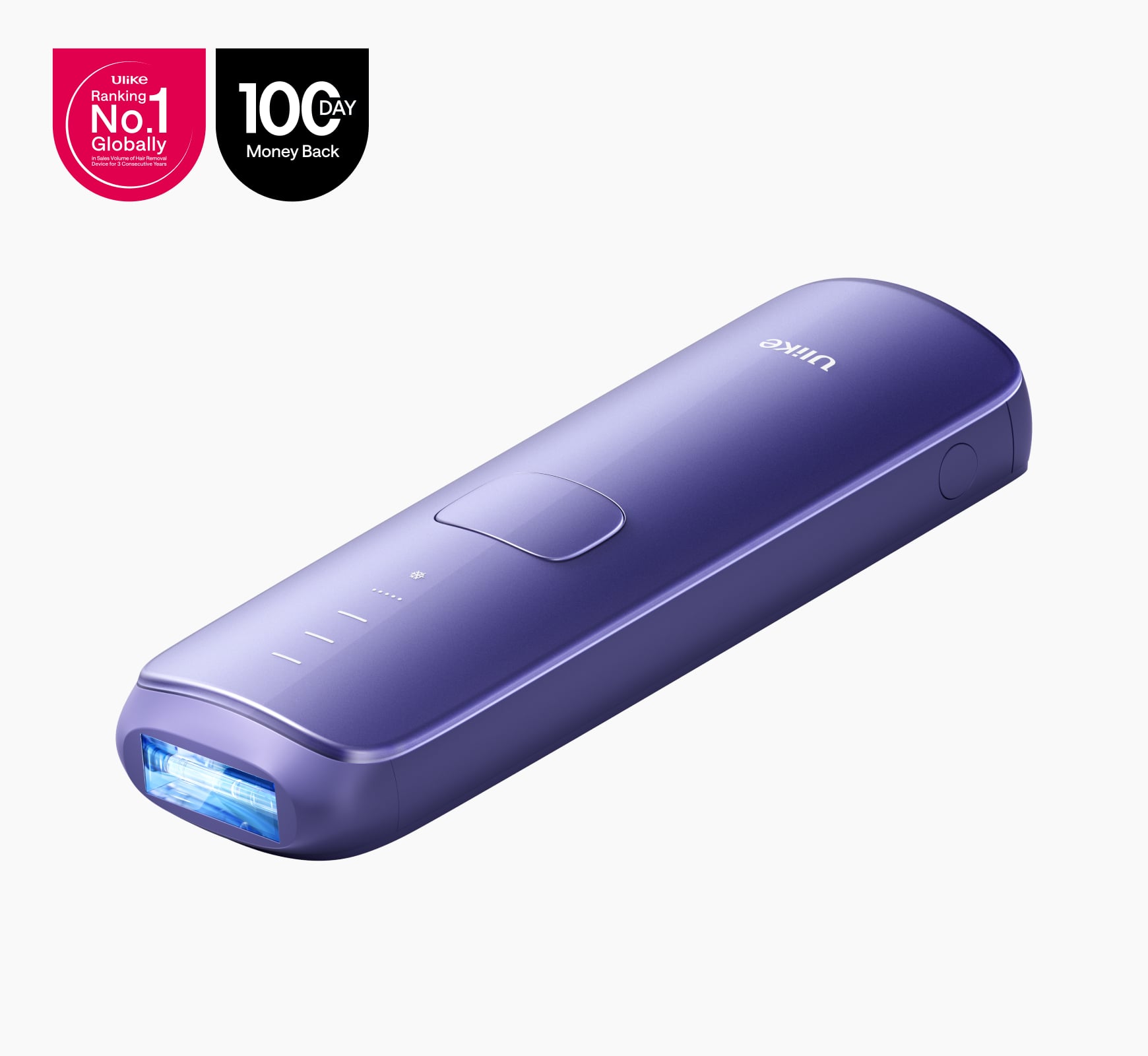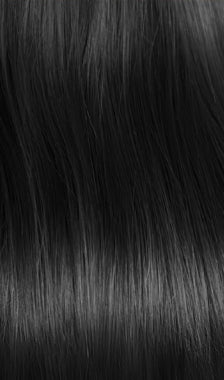What Are Laser Hair Removal Burns?
Laser hair removal burns are considered to be skin injuries caused by excessive heat given to the skin during the treatment. The feeling of warmth, mild redness, or slight swelling is quite common after a session; however, a true burn is different. It generally indicates that the skin was subjected to more energy than it could tolerate safely.
Burns can happen in all areas that were treated, but facial areas, upper lip, bikini line, and underarms are where they occur mostly, as these places are usually more delicate. Professional lasers and at-home devices can both lead to burns if the wrong settings, technique, or aftercare are used, however, the good news is that this remains rare when treatments are performed correctly.
Normal Reaction vs Burn: Quick Comparison
| Normal Treatment Reaction | Signs of a Burn |
|---|---|
| Mild redness for a few hours | Intense redness lasting 24+ hours |
| Light warmth or tingling | Sharp, hot sensation that doesn’t settle |
| Slight swelling | Blisters or peeling |
| Skin feels dry or tight | Dark or light patches forming afterwards |
Normal reactions are what the majority of people encounter throughout their lives. Burns are rare cases, often associated with incorrect energy settings, excessive sun exposure, or failure to perform patch tests. These are the topics we will discuss in the forthcoming sections. The main point is that burns can happen. However, you can mostly avoid them by using the right equipment, applying the correct technique, and preparing well.
Why Laser Burns Happen
Laser burns are basically the result of skin taking in more heat than its safety limit. Heat is usually a controlled thing in the process of removing hair through laser treatment, but if the settings, timing, or skin condition are not perfect, the heat might change from being controlled warmth to a burn. Those are the circumstances that generally increase the risk.
Incorrect Laser Settings
Often, burns occur when the energy level applied to the skin is too high. The upper lip and neck skin areas are more sensitive; however, thick areas like the legs do not react the same way, hence, applying one setting for all can be a mistake. If the machine gives out more heat than the skin can cool off, then a burn can happen in no time.
Skin Tone and Hair Colour Mismatch
Lasers operate by locating the pigment. Darker skin absorbs more light; thus, the wrong type of laser or improper settings can result in overheating. People with lighter hair might be tempted to increase the settings, but higher energy seldom addresses the problem and it only increases the chance of having a skin reaction.
Sun Exposure or Fake Tan
Exposed skin to the sun, tanning beds, or self-tanning products increases the skin’s sensitivity to light. Even if the setting would normally be acceptable, tanned skin takes in more heat, and that extra sensitivity increases the risk of burns. For this reason, clinics usually reschedule immediately if there is any sign of recent tanning.
Medication and Skin Treatments
Certain prescriptions, acne therapy, exfoliating acids, and antibiotics may result in the skin being more sensitive to light or thinner. If not, these treatments could result in a stronger-than-usual burn, and the skin would not get accustomed to the laser warmth
Untrained Technician or Rushed Sessions
Burns occasionally occur in professional environments due to the technician’s erroneous and quick movement, usage of the wrong device, or improper settings. Careful evaluation and a slow pace are paramount. Missing one or both increases the risk.
At-Home Device Misuse
Home devices are made to be softer; however, they still require the right technique. People who do not shave, do not perform patch tests, overlap flashes, or go directly to the highest setting are more likely to get burns. When a device is used only as directed, the skin is kept much safer, especially the face.
The majority of people start looking for more gentle methods for facial hair after the skin on the upper lip and chin has become sensitized. In case you desire something that offers more control and less risk, the full guide to the best hair-removing tools for the face provides an in-depth consideration of the options that do not use heat-based technology.

Symptoms of a Laser Hair Removal Burn
Laser hair removal burn to the point of being painful will feel very different from the slight warmth and a bit of redness that usually accompany a treatment. These burns show that the skin has taken in more heat than it is capable of handling safely.
Typical symptoms include:
Prolonged redness. Healthline points out that the redness is a normal result of a laser. The redness that lasts for a few hours, while intense redness that burns for 24 hours or more, can be an indication of a burn
Swelling or heat under the skin. Frontiers of Medicine states that the skin in areas that are thinner, e.g. the face and upper lip, is more susceptible to this kind of reaction
Blistering or crusting. A UK dermatologist in the NHS says, "If blisters or peelings appear after a laser treatment, it means that the skin has been overly heated. It is very important to give the skin a care that is both gentle and fresh to prevent the infection and the scar formation."
Peeling skin over several days. This showcases the skin's standard recovery process, however, it is a definite confirmation of a burn.
- Pigmentation changes. The Primary Care Dermatology Society cites pigmentation changes as a possibility. Both hyper and hypopigmentation can occur, especially, in people having skin tones ranging from medium to deep.
A few legal case reports from the UK have been very specific about occasions where the permanent skin damage was caused by the use of aggressive laser settings or treatments that were done in a hurry. These instances, although very few, emphasize the necessity of a trained professional and the correct aftercare.
For worsening pain, spreading redness, or signs of infection, consult a GP or pharmacist promptly. Quick care supports clean healing and reduces the chance of lasting marks.
How to Treat Laser Hair Removal Burns at Home
Most minor burns from laser hair removal can be managed safely at home if treated promptly. The key is to cool the skin, prevent infection, and avoid further irritation.
Immediate Care (First 24 Hours)
Cool compresses: Apply a clean cloth soaked in cold water or a gel pack wrapped in fabric for 10–15 minutes at a time. This helps reduce heat and swelling.
Soothing gels: Aloe vera or fragrance-free calming gels can ease irritation. Avoid alcohol-based or heavily scented products.
-
Gentle cleansing: Wash the area with lukewarm water and a mild, fragrance-free cleanser. Pat dry instead of rubbing.
Ongoing Care
Keep the area hydrated with a fragrance-free moisturiser.
Avoid heat exposure such as hot showers, saunas, or intense workouts that may aggravate the burn.
Do not pick or exfoliate peeling skin, which could increase the risk of scarring or pigmentation changes.
-
For minor inflammation, a pharmacist-approved low-strength hydrocortisone cream can help.
When to See a GP
Blisters larger than 1–2 cm
Worsening redness, swelling, or warmth
Signs of infection, such as pus
Pigmentation changes that persist
According to the British Burn Association, most burns heal fully with proper at-home care, but professional review is essential for severe or persistent cases.

How to Prevent Laser Hair Removal Burns
Preventing laser hair removal burns is always easier than treating them. Careful preparation, proper device use, and post-treatment care greatly reduce risk, whether you are visiting a professional clinic or using an at-home IPL device.
Preparation and Professional Treatments
First, select a safe and qualified clinic and ensure the device has safety features. A clinic employing diode lasers or IPL systems with built-in sensors will be less likely to cause overheating. Inquire always if the patch testing is performed. A small test area allows your skin to get used to it and lets you see any kind of sensitivity before the entire treatment. The British Institute of Lasers suggests patch tests for every new area and device.
Safe At-Home Device Use
Only treat areas approved for the device.
Stick to recommended intensity and do not overlap flashes.
Space sessions correctly to allow skin recovery.
-
Cooling-system IPL devices, such as those with Sapphire or ice-cooling technology, reduce stinging and irritation on sensitive areas.
Learn more about cooling IPL devices on Ulike UK.
Following these steps consistently helps prevent laser hair removal burns while promoting safe, comfortable, and long-lasting results.

How Long Does Laser Hair Removal Last? (And Why This Matters for Burns)
Usually, laser hair removal is a procedure that leads to the reduction of hair growth over a long period of time rather than a complete permanent removal of hair. So, it is generally necessary to have a maintenance session every 6-12 months in order to keep the results at the same level.
The results are not immediate, but rather gradual. After 3-4 weeks, hair may become thinner and grow more slowly; however visible reduction is made after several sessions. In order to avoid burns and irritation, it is necessary to follow the recommended treatment protocols, as it is possible that using higher energy settings or overlapping flashes could cause these side effects.
The quality of the results is to some extent dependent on the skin tone and hair colour. The devices work effectively when the skin is lighter and the hair is darker, as the energy is aimed at the pigment in the follicle. Nevertheless, dark-skinned people need to use IPL or laser devices that are equipped with skin sensors and cooling systems so as to avoid overheating and burning.
Individuals who are only concerned with the removal of facial hair may find safer alternatives in our Best Hair Removing Tool for Face guide.
It is through properly spaced treatments and following the instructions of the manufacturer or clinic that one can obtain smooth, durable results while making sure that the skin is not harmed.
Are Burns More Common on the Face?
Redness, swelling, and superficial burns are some of the side effects that facial areas like the upper lip and chin may have a slightly increased risk of. This is because the skin in these areas is thinner and more delicate. A large case‑control study had revealed that complications during laser hair removal were significantly more frequent in the head and neck region.
Besides that, review of laser complications suggested that patients with darker skin tones and use of high‑fluence treatment in facial areas may be at a higher risk of pigmentation changes and burns.
Nevertheless, these problems are still very few in number when treatments are done by skilled professionals with appropriate settings. Many people can treat facial areas safely and effectively by using lower energy, performing patch tests, and following post-treatment care.
Laser Hair Pain: What’s Normal and What Isn’t
Discomfort during laser hair removal is common, but recognising which sensations are safe and which require attention helps prevent skin issues.
| Pain Type | Description | Action/Tip |
|---|---|---|
| Normal | Quick sting or warm pricking sensation at each laser pulse | Follow standard treatment protocol; no additional action needed |
| Mild Discomfort | Slight tingling or prickle that disappears quickly | Apply cooling gel or use device cooling features to reduce irritation |
| Not Normal | Persistent pain, blistering, swelling, or redness lasting several hours | Stop treatment and consult a clinician or dermatologist immediately |
Cooling systems and soothing gels improve comfort, especially in sensitive areas like the upper lip, chin, or bikini line. Correctly spacing sessions and adhering to recommended energy settings further reduces the risk of burns while maintaining effectiveness.
Preventing and Managing Laser Hair Removal Burns Safely
It can happen, although rarely, that you get laser hair removal burns when your treatment is not done properly. Mild burns usually heal quickly if you immediately take care of them with cool compresses, soothing gels, and by avoiding heat or harsh products.
It's easier to prevent burns than it is to treat them. Select good clinics or at-home devices that are certified, use the recommended energy settings, do patch tests, and take breaks between sessions. Modern devices' cooling systems not only make the procedure more comfortable but also protect skin that is sensitive, e.g., the upper lip, chin, and bikini line.
Patience and the right technique will give you smooth results that will last for a long time without any complications. In case you want to do it at home safely and in a gentle way, Ulike IPL devices equipped with Sapphire Ice Cooling technology can effectively remove your hair on both face and body while the risk of overheating or burns is kept to a minimum.
Check out Ulike's different IPL devices if you want to remove your hair comfortably and safely at home.



